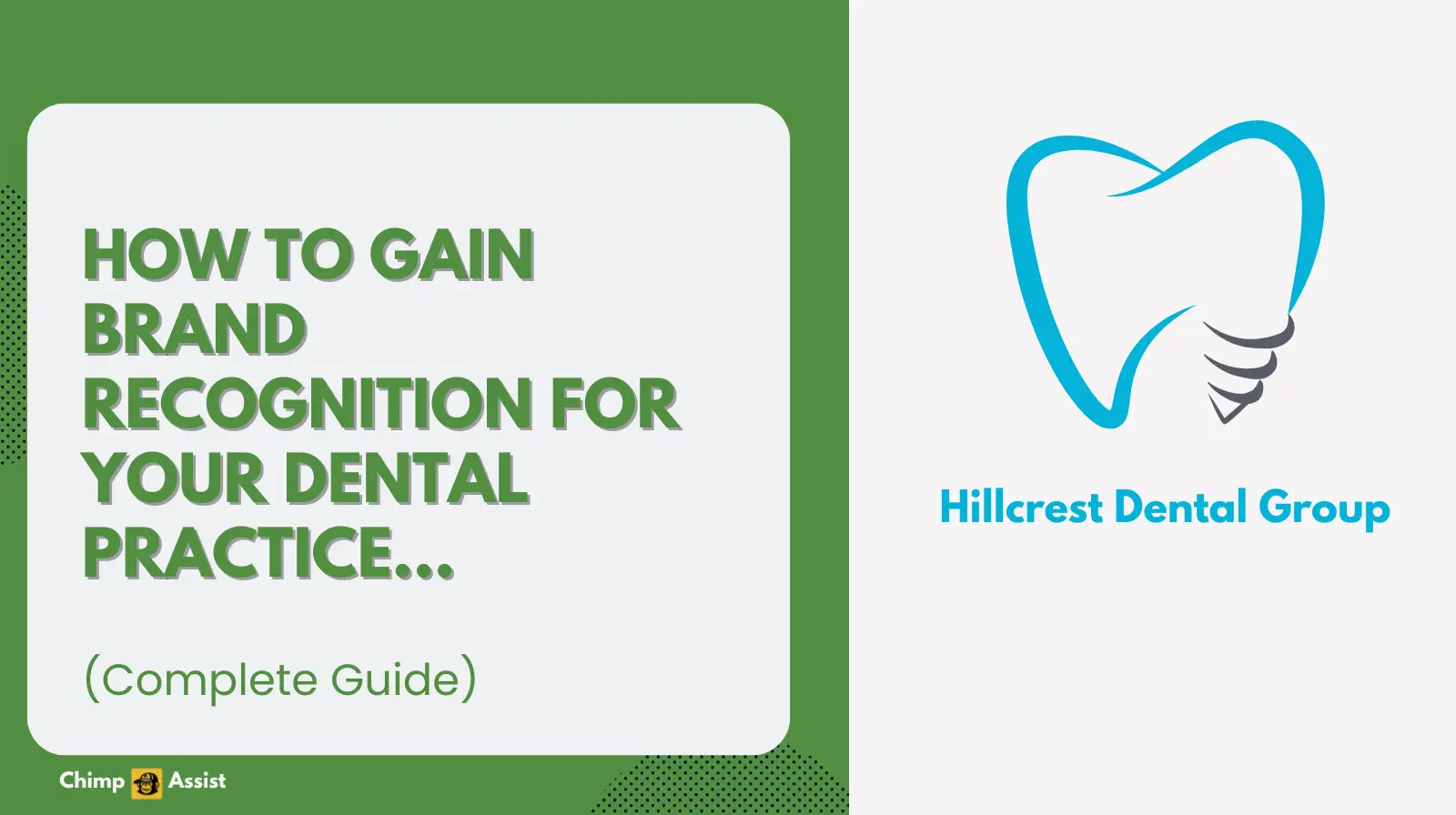How to Use Your Brand Story in an Email Welcome Series To Drive Connection and Conversion
In today’s crowded digital marketplace, consumers are bombarded with marketing messages from every direction. The brands that break through the noise aren’t necessarily those with the biggest budgets or flashiest campaigns—they’re the ones that tell a compelling brand story that resonate deeply with their audience. Your brand story isn’t just marketing fluff; it’s your most powerful tool for building authentic connections that convert into loyal customers. And in this post I show you how to put your brand story on autopilot as a welcome email series that builds trust and converts prospects into buyers.
Table of Contents
- Why Your Brand Story Matters More Than Ever
- Understanding How Brand Stories Work
- The StoryBrand Framework: 7 Elements of Effective Brand Stories
- The Critical Paradigm Shift: Your Customer Is the Hero
- Breaking Down Your Brand Story for Email Sequences
- Example: A Fitness Coach’s Story
- The Donald Miller Success Story
- Best Practices for Story-Driven Email Sequences
- Measuring Success and Optimization
- Conclusion: Your Story Is Your Superpower
Why Your Brand Story Matters More Than Ever
Donald Miller, founder of StoryBrand, discovered something profound when he applied storytelling principles to his own marketing: his company tripled in revenue in 18 months, then doubled again in the following 12 months. This wasn’t luck—it was the power of clarity through story.
A clear and compelling brand story serves as the foundation of all your marketing efforts, but it’s particularly crucial in email marketing for several key reasons:
Clarity Drives Action: As Miller puts it, “People are drawn to clarity and away from confusion.” If your marketing messages are confusing, you’re losing customers. Story creates the clarity that compels action.
Trust Building: People buy from brands they trust, and trust is built through authentic storytelling. When your brand story expresses empathy, understanding, authority and transformation with a solid plan of action and that story in framed in a way that allows the reader to see themselves as the hero trying to overcome a problem and your product or service as the guide that helps them succeed, you create an emotional connection that transcend typical buyer-seller relationships.
Differentiation: In saturated markets, your story is what sets you apart. While competitors may offer similar products or services, no one can replicate your unique journey and perspective. And when you make your customer the hero rather than you or your company, you set yourself apart from the competition.
Emotional Engagement: Stories use proven formulas to compel the human brain. Just as music is noise submitted to certain principles, story is the telling of events in a certain order that makes people want to listen.
Memorability: People remember stories far better than facts alone. A compelling brand narrative ensures your business stays top-of-mind when prospects are ready to buy.
Understanding How Brand Stories Work
Before diving into the StoryBrand framework, it’s essential to understand how stories function at a neurological level. Stories aren’t just entertainment—they’re powerful tools that have been compelling human brains for centuries using proven formulas.
Think of story the way you think about music. The difference between noise and music is that music is noise submitted to certain principles. Story works the same way—it’s the strategic arrangement of events that creates intrigue, compulsion, and engagement.
Storytellers have been using these formulas for centuries because they tap into fundamental human psychology. When we hear a story, our brains naturally engage with the narrative structure, creating emotional investment and memorable connections.
The most successful movies, from Star Wars to Tommy Boy, use virtually the same story structure. Why? Because this structure works to compel the human brain consistently and predictably.
The StoryBrand Framework: 7 Elements of Effective Brand Stories
Donald Miller identified seven key elements that appear in most successful stories and adapted them for business use. This framework has helped hundreds of brands achieve dramatic results, with multiple clients reporting quadrupled revenue after implementation.
Here are the seven elements of the StoryBrand framework:
- A Character (Your Customer)
Every story begins with a character who wants something. In your brand story, this character is your customer, not your company. The customer is the hero of the story, and they have a clear desire or goal they want to achieve.
The character must be clearly defined and relatable. When you know what your customer wants, you create a story question that makes the audience curious: Will the hero get what they want?
- Has a Problem
No story works unless the character encounters a problem. Something must stand between the hero and what they want, or there’s no story. But effective problems have three distinct layers:
External Problem: The surface-level, practical problem (like needing to lose weight or increase sales)
Internal Problem: The emotional or psychological challenge (feeling insecure, overwhelmed, or inadequate)
Philosophical Problem: The deeper meaning or moral issue at stake (something like good vs. evil, or why this problem shouldn’t exist)
These three layers give your story depth and meaning, making it more compelling and relatable.
- And Meets a Guide (Your Brand)
Here’s the critical insight: characters in stories don’t solve their own problems. If they could, they likely wouldn’t have gotten into trouble in the first place. Instead, they meet someone who has been there and done that—the guide.
Your brand is not the hero; your brand is the guide. The guide helps the character win by providing wisdom, tools, and direction.
A good guide has two essential qualities:
- Empathy: They understand and acknowledge the hero’s fears and struggles
- Authority: They have the experience and expertise to help the hero succeed
- Who Gives Them a Plan
When the hero meets the guide, they’re often confused and overwhelmed. The guide’s job is to break through this confusion and give the hero confidence that their life can be better.
This happens through providing a clear plan. The plan can be as simple as a paradigm shift (“you used to think this way, but I want you to think another way”) or as complex as a multi-step strategy.
The key is clarity and simplicity. Your plan should make the path forward obvious and achievable.
- And Calls Them to Action
A call to action is the point where the hero is challenged to act on the plan. In stories, this is often a moment of crisis where the character must choose between staying in their comfort zone or embracing change.
The critical insight here is that heroes will never act unless they’re challenged to. They must be “called to action” explicitly and repeatedly.
- That Results in Success
Stories create engagement by showing us what success looks like. What does the hero’s life look like when they achieve their goal? This vision of success motivates action and helps the audience imagine their own transformation.
Paint a clear picture of the positive outcomes your customers will experience when they work with you.
- And Helps Them Avoid Failure
Stories are given drama when something is at stake. What happens if the hero doesn’t act? What are the consequences of inaction?
Good storytellers help audiences imagine dire consequences to build suspense and motivate action. If we don’t understand what failure might look like, we lose interest and urgency.
The Critical Paradigm Shift: Your Customer Is the Hero
The most important lesson from the StoryBrand framework is this paradigm shift: Your brand is not the hero of the story. Your customer is.
Most businesses make the mistake of positioning themselves as the hero, talking about their founding story, their achievements, and their journey. But customers don’t care about your story—they care about their own story.
When your brand stops playing the hero and starts playing the role of guide in your customer’s story, you’ll see dramatic results.
Consider Allstate’s “Mayhem” campaign as a perfect example:
The Character: Allstate customers are portrayed as successful, fun people who want to protect themselves and their families from harm.
The Problem: “Mayhem” represents the external chaos and internal worry that comes when things go wrong. The campaign humorously depicts these problems while acknowledging the real emotional impact.
The Guide: Allstate positions itself as the calm, authoritative guide who has experience dealing with mayhem. Their spokesperson demonstrates both empathy (understanding the stress) and authority (expertise in insurance).
The Plan: Allstate’s “Value Plan” gives customers a simple, clear path forward that breaks through confusion about insurance.
The Call to Action: Their website features a clear, obvious “Get a Quote” button with simple steps to take action.
Success: The commercials show customers enjoying life without worry—the successful ending customers can experience with Allstate insurance.
Failure: The “mayhem” character serves as both the problem and the representation of what happens when you don’t have proper insurance coverage.
This framework works because it positions the customer as the hero of their own story while positioning Allstate as the trusted guide who can help them succeed.
Breaking Down Your Brand Story for Email Sequences Using StoryBrand Principles
Now that you understand the StoryBrand framework, let’s apply it to your email welcome series. The key is to strategically distribute these seven elements across multiple emails while maintaining the customer-as-hero perspective.
The StoryBrand Email Sequence Structure
Email 1 – Identify the Character and Problem Start by clearly identifying your customer as the hero and acknowledging their primary problem. This immediately creates connection and relevance.
Example Subject: “Are you struggling with [specific problem]?”
Email 2 – Deepen the Problem Explore all three levels of the problem—external, internal, and philosophical. Help customers understand that their struggle is valid and important.
Example Subject: “Why [problem] feels so overwhelming”
Email 3 – Position Yourself as the Guide Share your credentials and experience, but always in the context of how it helps your customers. Demonstrate both empathy and authority.
Example Subject: “I’ve been where you are”
Email 4 – Present Your Plan Offer a clear, simple plan that breaks through confusion. Make the path forward obvious and achievable.
Example Subject: “The simple 3-step solution”
Email 5 – Call to Action Challenge your subscribers to take action. Be direct and clear about what you want them to do next.
Example Subject: “Ready to take the first step?”
Email 6 – Paint the Success Picture Show what life looks like when they succeed. Help them envision their transformation and the positive outcomes they’ll experience.
Example Subject: “Imagine if [desired outcome]…”
Email 7 – Highlight the Stakes
Remind them what’s at stake if they don’t act. What are the consequences of inaction? This creates urgency without being manipulative.
Example Subject: “The cost of waiting”
Advanced StoryBrand Email Techniques
Maintain Customer-Centric Language: Throughout your sequence, use “you” language and focus on the customer’s journey, not your company’s achievements.
Create Story Loops: Use cliffhangers and open loops between emails to maintain engagement and anticipation.
Layer the Problems: Don’t just mention surface-level problems. Address the emotional and philosophical layers that create deeper connection.
Demonstrate Guide Qualities: Consistently show both empathy (“I understand how frustrating this is”) and authority (“Here’s what I’ve learned from helping hundreds of people”).
Simplify Your Plan: Break complex solutions into simple, digestible steps. Confusion kills conversion.
Be Specific with Stakes: Vague consequences don’t motivate action. Be specific about what failure looks like and what success enables.
Example: A Fitness Coach’s StoryBrand Email Series
Let’s see how a fitness coach might apply the StoryBrand framework to their email sequence:
Email 1 – Character and Problem Subject: “Tired of starting over every Monday?”
“You’re successful in other areas of life, but when it comes to fitness, you feel like you’re constantly starting over. Every Monday brings new motivation, but by Thursday, you’re back to old habits. You’re not alone in this struggle.”
Email 2 – Problem Layers Subject: “Why willpower isn’t enough”
“The external problem is finding time to work out. The internal problem is feeling like you lack discipline. But the real philosophical problem? You deserve to feel confident and healthy in your own body.”
Email 3 – Positioning as Guide Subject: “I was the overweight fitness coach”
“Five years ago, I was 50 pounds overweight while teaching others about fitness. I understand the frustration and embarrassment. Since then, I’ve helped over 500 busy professionals transform their health using the same system that changed my life.”
Email 4 – The Plan Subject: “The 15-minute solution”
“Here’s my simple 3-step plan: 1) Start with just 15 minutes a day, 2) Focus on consistency over intensity, 3) Build sustainable habits gradually. No extreme diets, no 2-hour workouts.”
Email 5 – Call to Action Subject: “Your transformation starts now”
“Stop waiting for the perfect Monday. Your journey to better health can start today with a simple decision. Are you ready to try a different approach?”
Email 6 – Success Vision Subject: “Picture this…”
“Imagine having consistent energy throughout the day, fitting comfortably in your clothes, and feeling confident in your own skin. This isn’t fantasy—it’s what happens when you have the right system.”
Email 7 – Stakes Subject: “The real cost of waiting”
“Every day you delay is another day of low energy, poor confidence, and declining health. The habits you build today determine the person you’ll be tomorrow. What will you choose?”
The Donald Miller Success Story
Donald Miller, founder of StoryBrand, masterfully demonstrates the power of story-driven email marketing. His framework helped build a $50 million annual business by positioning customers as the hero of their own stories while positioning his brand as the trusted guide.
Miller’s approach focuses on clarity and customer transformation rather than company achievements. His email sequences consistently follow the narrative structure he teaches: identifying customer problems, presenting solutions, and showing successful transformations. This story-centric approach has not only built a massive business but has helped thousands of companies clarify their messaging and increase conversions.
The key to Miller’s success lies in understanding that customers don’t want to hear about your company’s hero journey—they want to be the hero of their own story. Your brand story should position you as the wise guide who helps customers overcome challenges and achieve their goals.
Best Practices for Story-Driven Email Sequences
Timing and Frequency
Space your story emails 2-3 days apart to maintain engagement without overwhelming subscribers. This gives people time to digest each part of your narrative while maintaining momentum.
Personalization
Use segmentation to tailor story elements to different audience segments. A B2B audience might connect more with professional challenges, while B2C audiences might prefer personal transformation stories.
Visual Storytelling
Include relevant images that support your narrative. Before/after photos, behind-the-scenes shots, or milestone moments can enhance the emotional impact of your story.
Consistent Voice
Maintain the same tone and personality throughout your sequence. Your story should feel authentic and consistent with your brand voice.
Clear Calls-to-Action
While building narrative tension, always include clear next steps. Whether it’s reading your next email, visiting your website, or engaging on social media, guide subscribers through their journey.
Measuring Success and Optimization
Track key metrics to ensure your story sequence is performing:
Open Rates: Monitor which subject lines and story angles generate the most interest.
Click-Through Rates: Identify which parts of your story drive the most engagement.
Conversion Rates: Measure how many subscribers take your desired action after completing the sequence.
Unsubscribe Rates: High unsubscribe rates might indicate your story isn’t resonating or you’re moving too quickly.
Time to Conversion: Track how long it takes for subscribers to convert after joining your sequence.
Conclusion: Your Story Is Your Superpower
Your brand story isn’t just another marketing tactic—it’s your competitive advantage. In a world where consumers are increasingly skeptical of traditional advertising, authentic storytelling builds the trust and emotional connection necessary for long-term business success.
By strategically breaking your story across an automated email sequence, you create a systematic approach to nurturing leads, building relationships, and driving conversions. Each email serves a purpose in the larger narrative, moving subscribers closer to taking action while building genuine connection.
Remember, people don’t just buy products or services—they buy transformation, hope, and better versions of themselves. Your brand story is the bridge between where your customers are now and where they want to be. Make that bridge compelling, authentic, and clear, and watch as your email marketing transforms from promotional messages into powerful conversion tools.
The most successful businesses understand that behind every purchase is a human being looking for connection, understanding, and hope. Your story provides all three. Now it’s time to tell it strategically, one email at a time.
If you would like help framing your brand story and sharing it through an automated email series that drives leads and sales schedule a call with me today.




